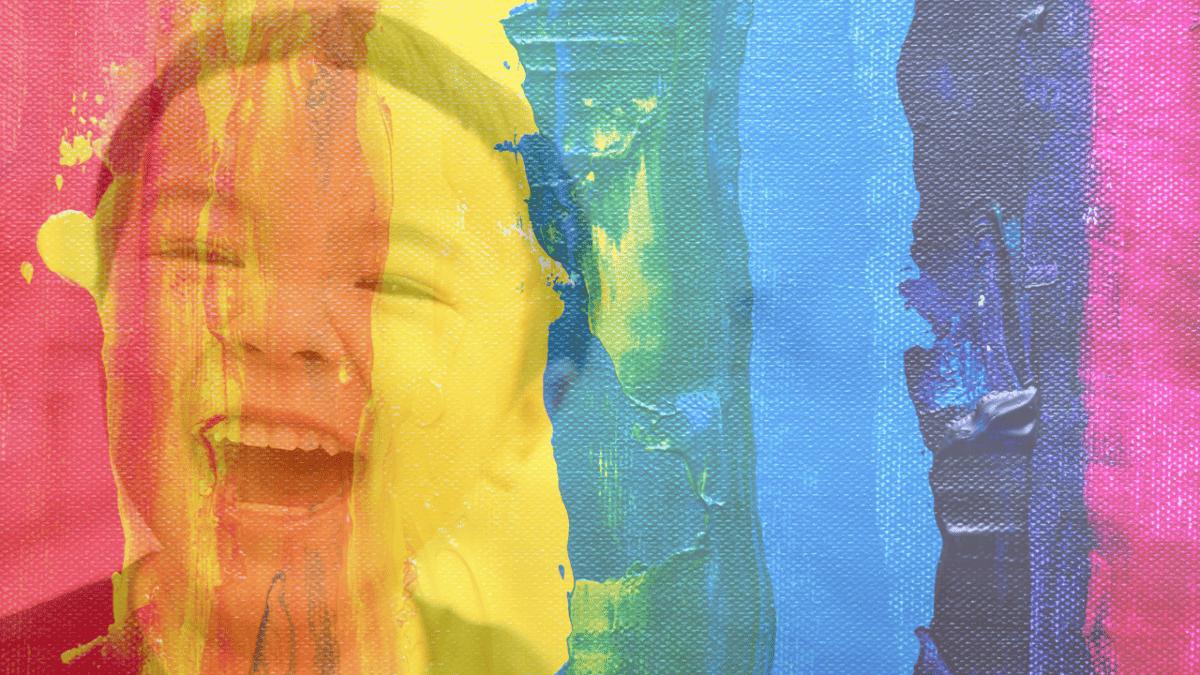Welcome to Undercover Engineers – Access All Areas. We’ve teamed up with inspirational engineers from around the globe, who are all working to make the world a better place.
From Missions to Mars to technology exploring the deepest oceans, from nano technology, to the design of some of the largest structures on earth. Exciting new innovations in engineering are changing and shaping our world in some amazing ways.
And here’s the thing – whatever your background, whatever your interests, engineering can help YOU be part of this change.
Today we’re finding out how different types and colours of lighting in our homes, work and the places we go to is changing – and changing the way we feel too. It’s improving our environment and helping us stay healthy – and even making us feel more cheerful!
And today we’re starting at the airport…
So you might be wondering what have AIRPORTS got to do with how we feel?
Well, when you’ve gone on holiday, you might have had to go to the airport very early in the morning. Instead of being tucked up in bed in the dark and quiet, you’re in a brightly lit place with noise and movement everywhere. This can be confusing to our brains because it’s disrupting something called our circadian clock – that’s our body clock. Upsetting it can result in us feeling very tired and can even cause physical symptoms like headaches and indigestion. To help, engineers have come up with something called tunable lighting.
Starting at the check-in, a light’s colour, temperature and intensity can be automatically adjusted to match the airport’s time zone. This can help prevent departing passengers in the pre-dawn hours from a disruptive shock to their circadian rhythm before beginning their journey.

Entry to the airport can be accompanied by calming light that seamlessly continues the passenger’s circadian rhythm without interruption. And departure gates could use lighting that reflects the time of day in the destination to help acclimatise passengers before they get on the plane.
Applying the same lighting principles to the baggage claim areas helps arriving passengers to begin adjusting to their new location before they leave the terminal.
Light temperature is a measure of the warmth of the light and something that’s measured in a unit called Kelvin. This isn’t a measurement of heat – more how bright a light is.
For example, 2,700 Kelvin has the benefit of mimicking the domestic quality of daylight in a living room and encourages relaxation and stress reduction.

Wake up concessions, such as coffee kiosks and smoothie stops, should offer bright blue light that provides an energy boost, while groupings of lower lit, sit-down restaurants and lounge amenities will appeal to those needing rest and relaxation.
Windows can also make use of the technology to set the mood – using electrochromic tinting glass which uses electrical signals to change the amount of light coming through.
Personalised rooms and pods can be designed to allow individuals to enter their flight number and receive a personal light therapy session that reflects their itinerary.
Changing the light around us can help us feel healthier – but it can also make us happier.
There’s a medical condition called SAD – Seasonal Affective Disorder, which seriously affects around 5% of the population every year, causing depression, irritability and low mood. It’s connected with the shorter winter days and thought to be due to the lack of natural sunlight.
The good news is that some people with SAD find that light therapy can help improve their mood considerably. This involves sitting by a special lamp called a light box, usually for around 30 minutes to an hour each morning.

Light boxes come in a variety of designs – from desk lamps to wall-mounted fixtures. They produce a very bright light that simulates the sunlight that’s missing during the darker winter months. The intensity of these lights is measured in a unit called LUX. The higher the lux, the brighter the light!
It’s thought that light improves SAD by encouraging your brain to reduce the production of melatonin – that’s a hormone that makes you sleepy, and increase the production of serotonin – a hormone that affects your mood. Sunrise alarm clocks, which gradually light up your bedroom as you wake up, are also be useful for some people.
And changing the colour of the lights can change mood too. Blue – the colour of the sky during the day, helps us feel awake and alert, which is why your mobile phone can keep you awake at night – it’s light is blue in tone. Green is thought to aid concentration, and pink reduces aggression and so is useful in places like prisons.

You probably know that plants need light to grow – the process of photosynthesis takes energy from sunlight and converts it into chemical energy to fuel the plant’s growth. But what if there’s no light, like underground or in winter times when there’s shorter daylight hours? Well, sources of artificial light can be used to power a plant’s growth – sometimes using fluorescent tubes or more likely LEDs
Funnily enough, plants seem to have favourite colours…
Plants absorb mostly blue and red light in order to grow and flower. Blue light generally stimulates growth because it encourages the production of chlorophyll, which is the key behind photosynthesis.

Created with the support from The Institution of Engineering and Technology.
For more information visit The IET.








